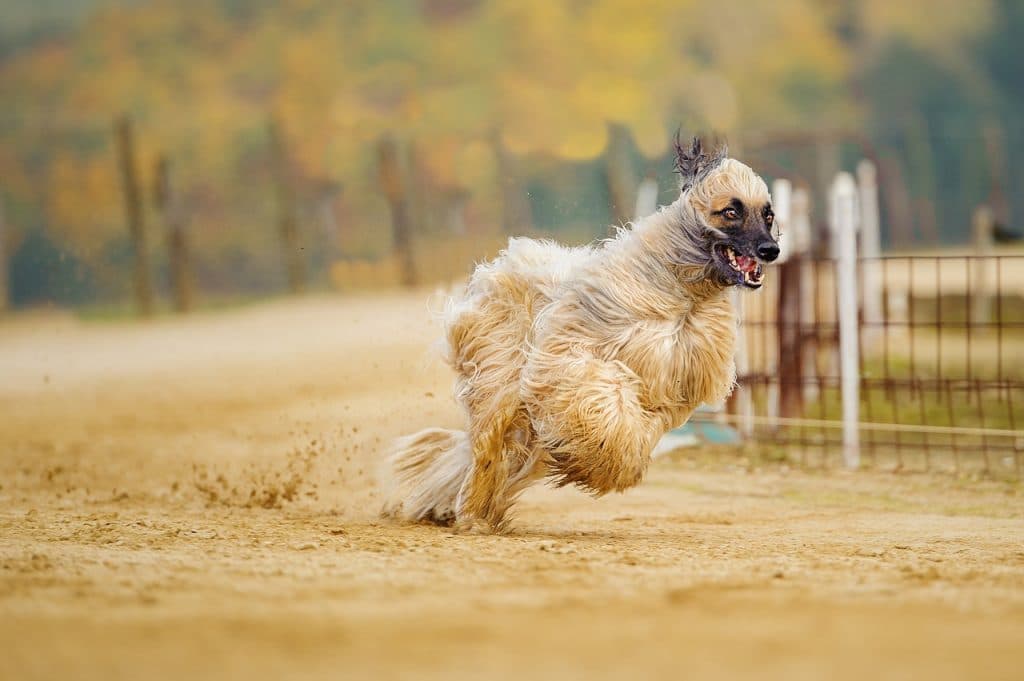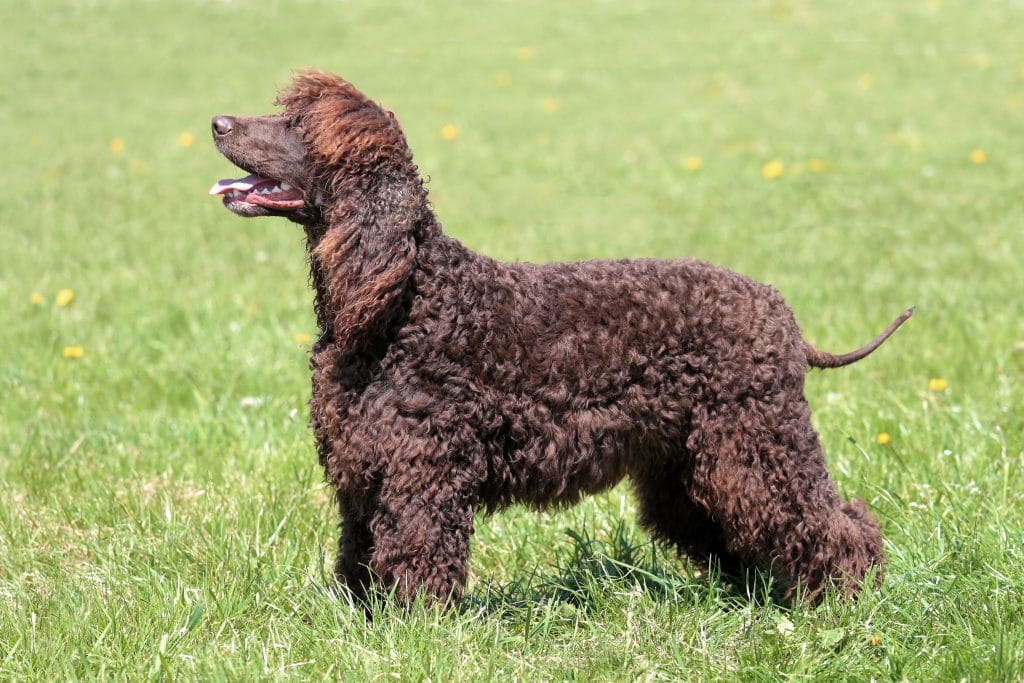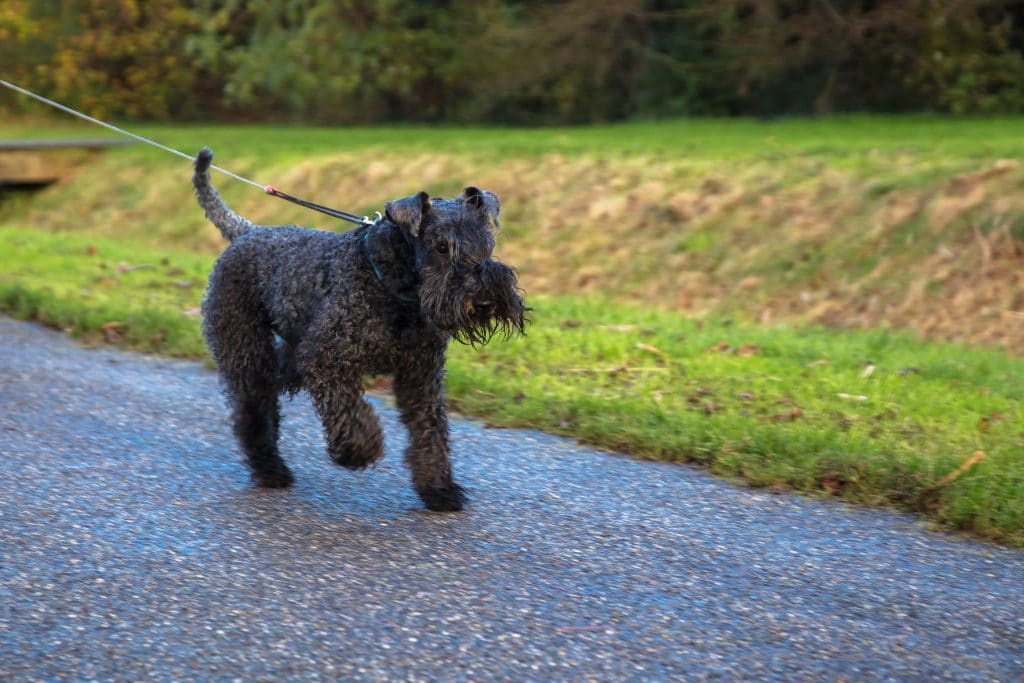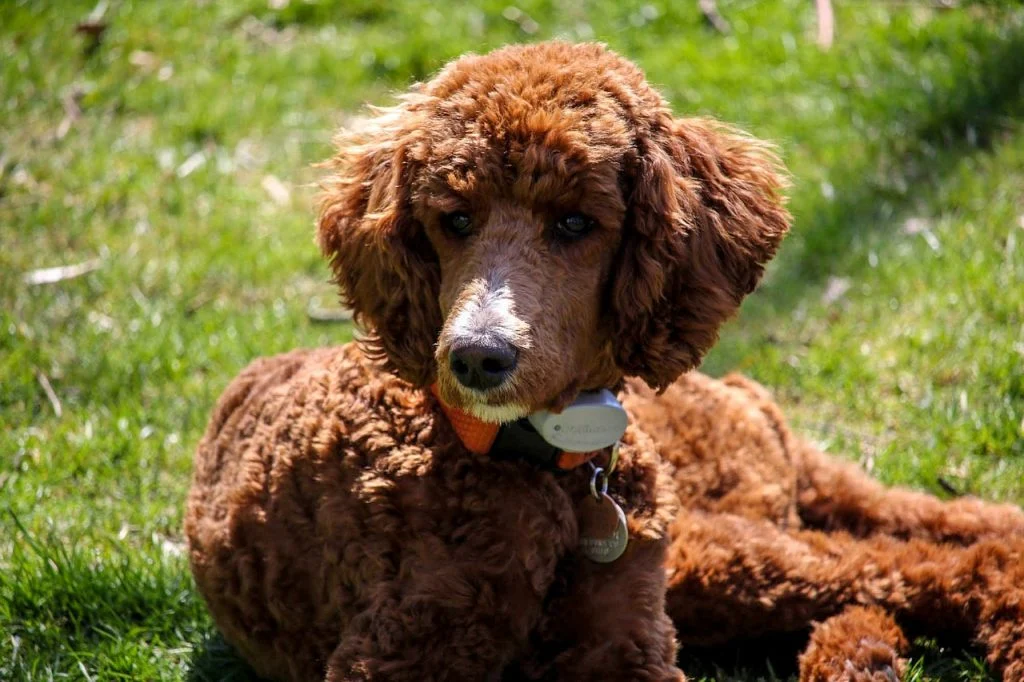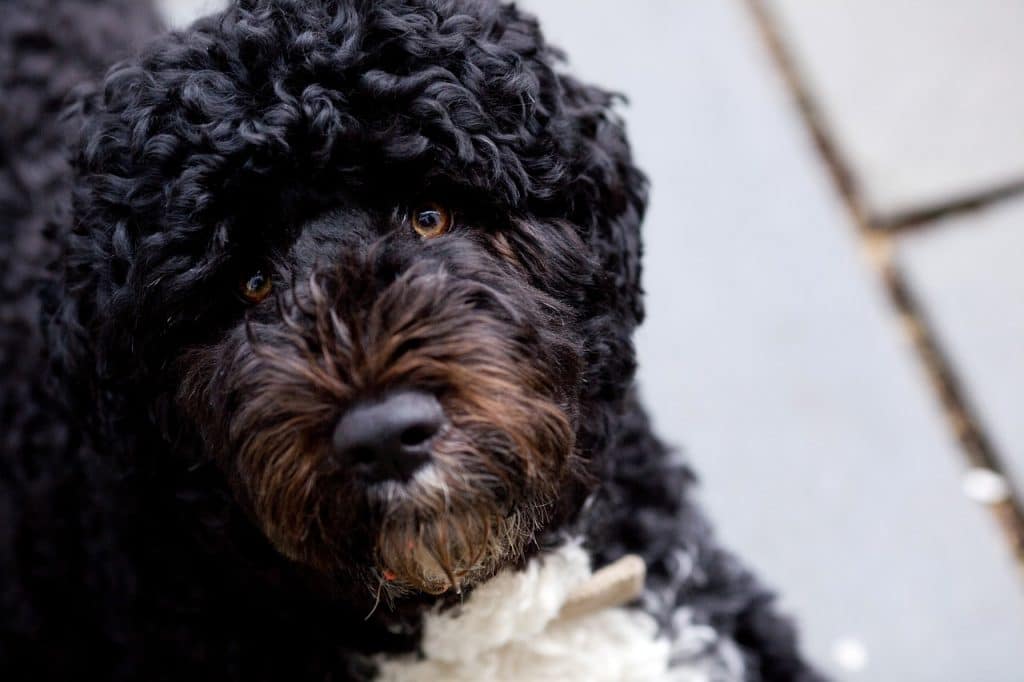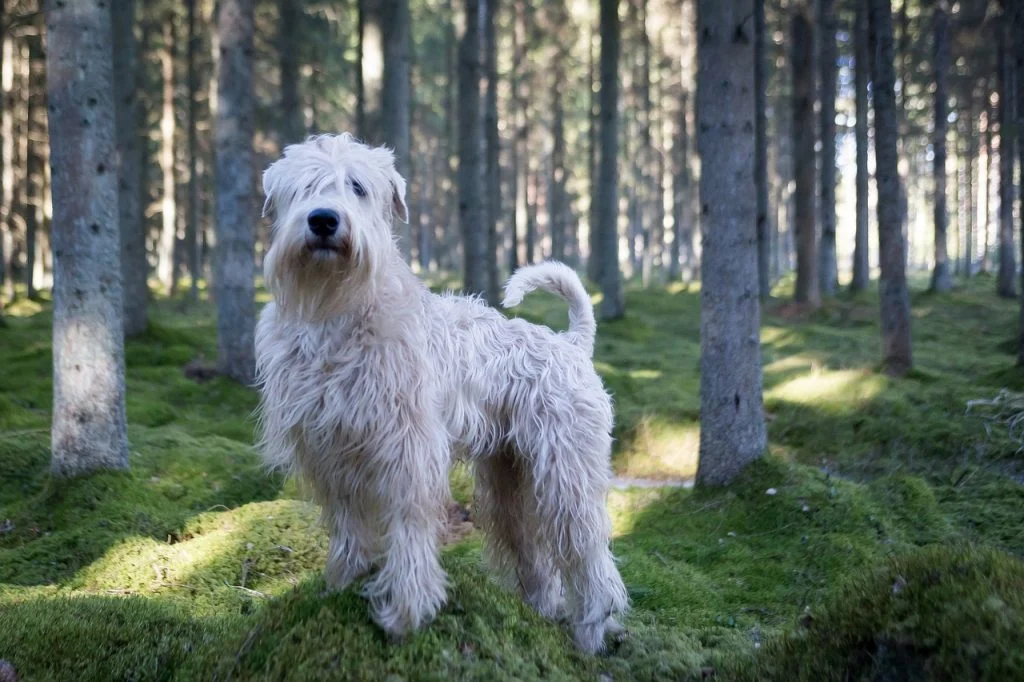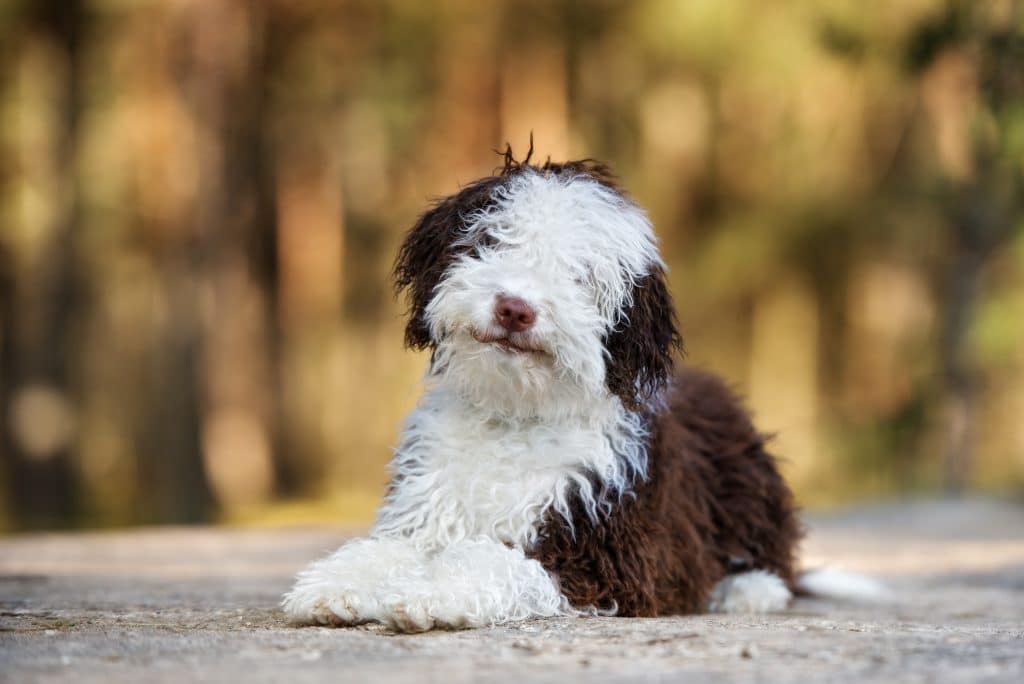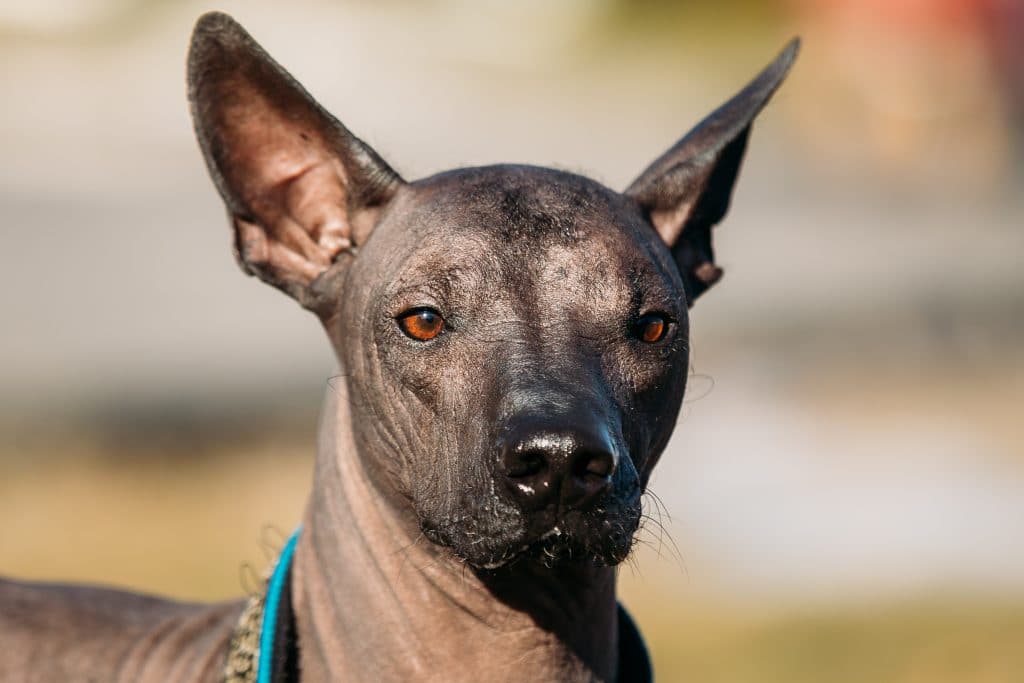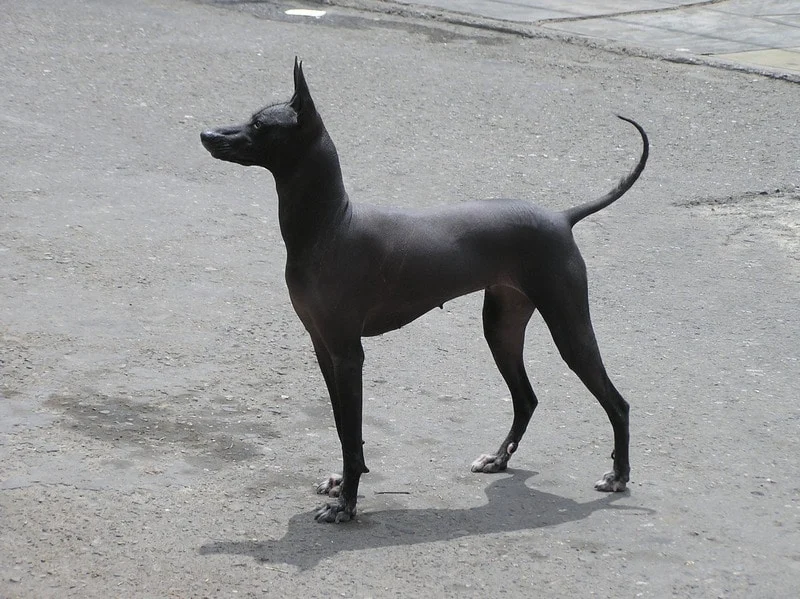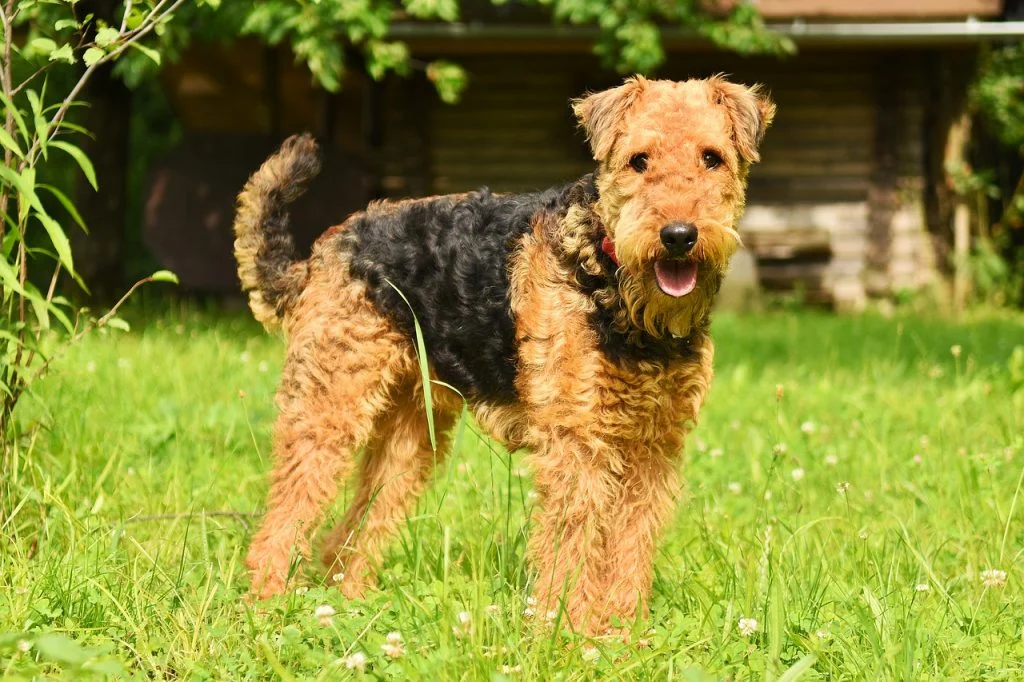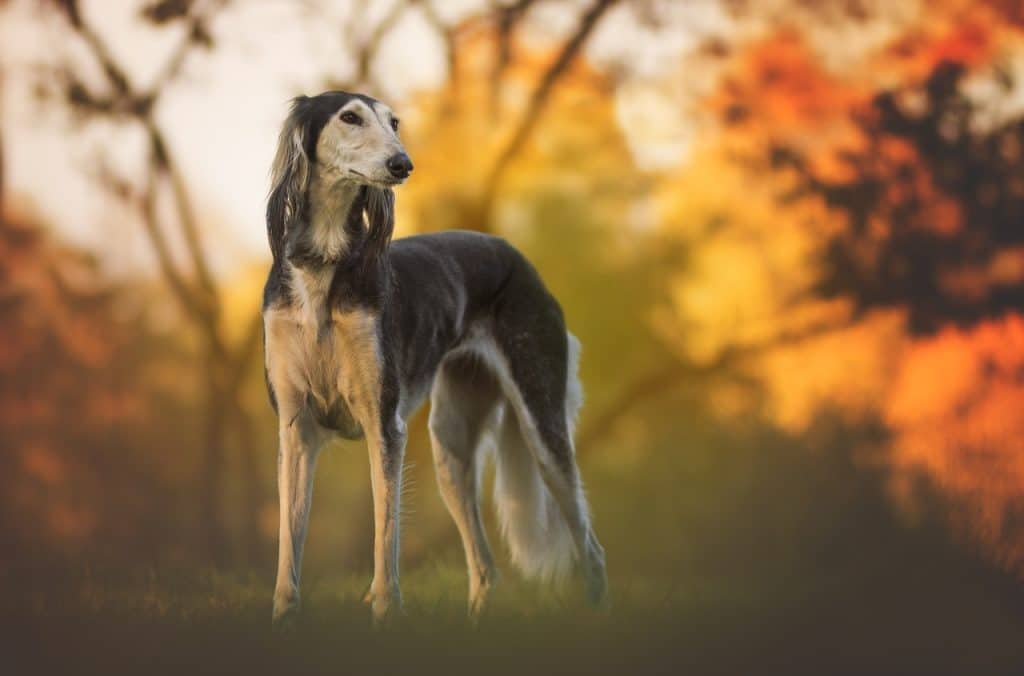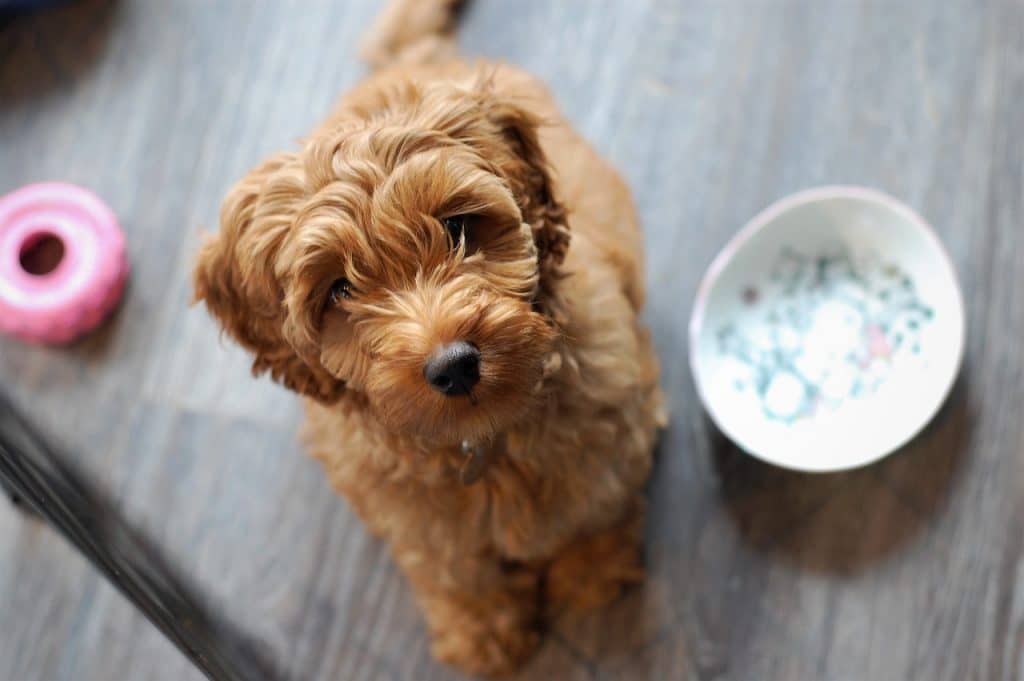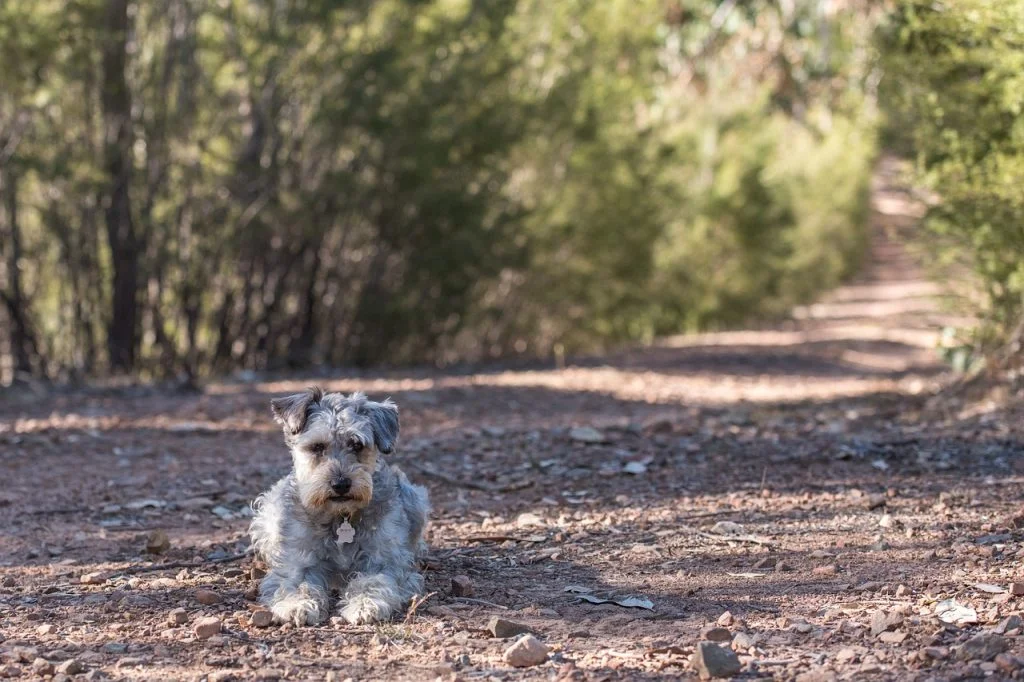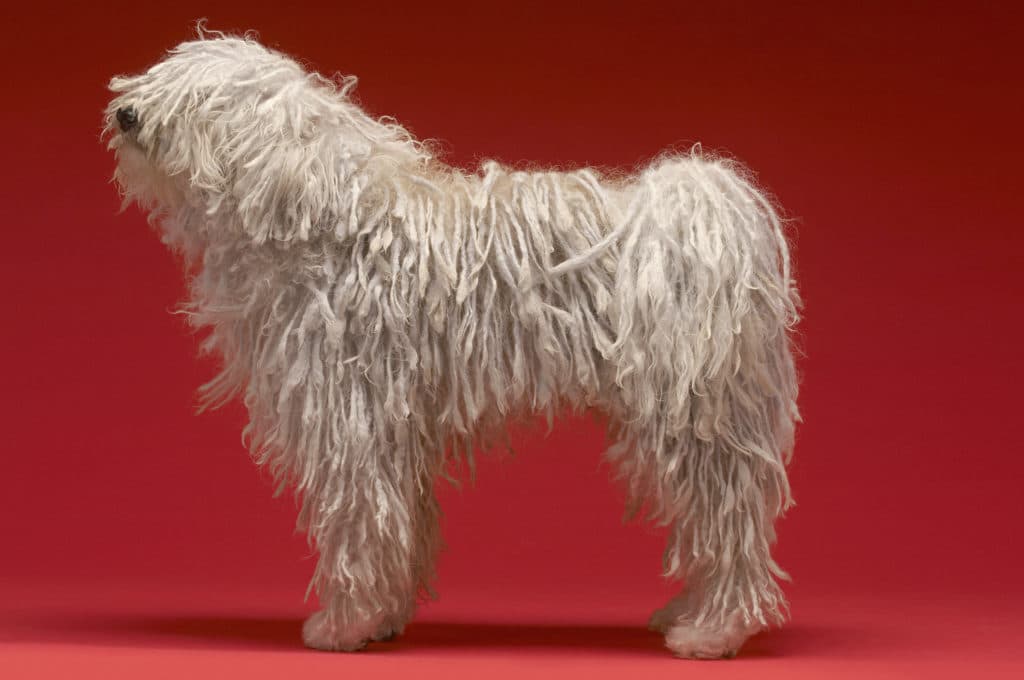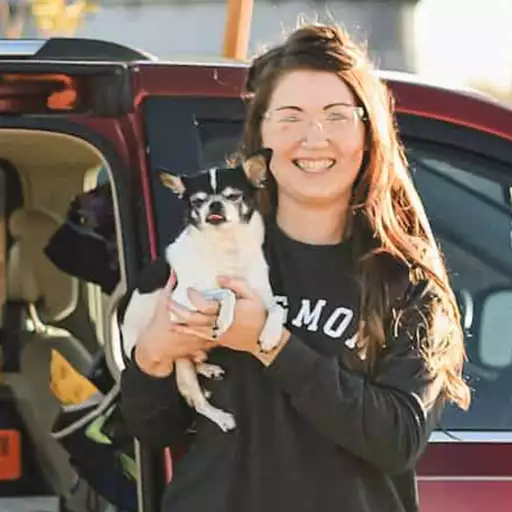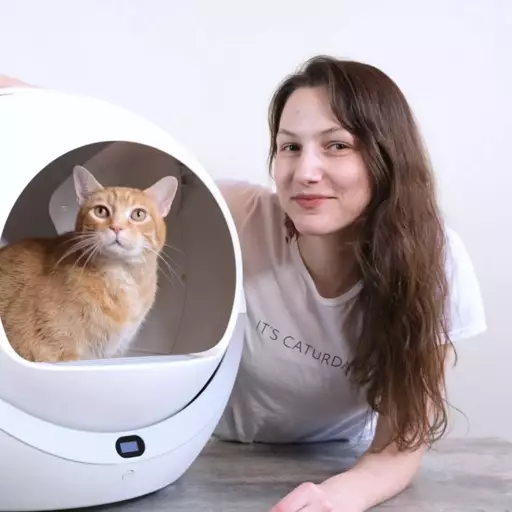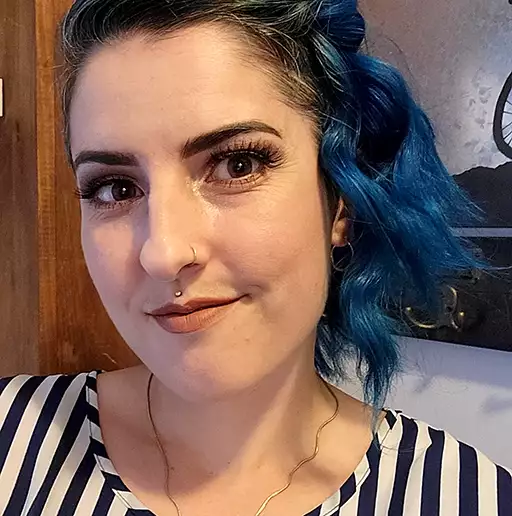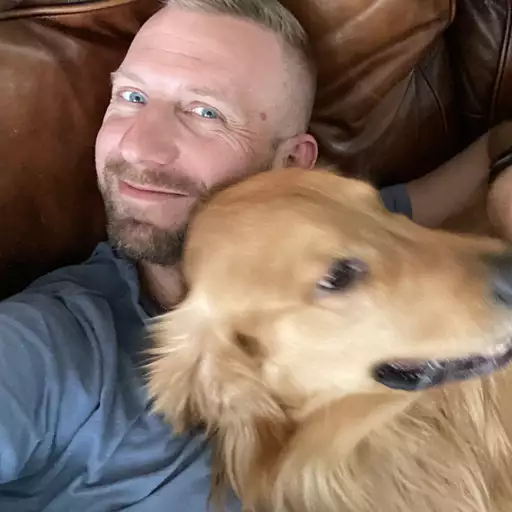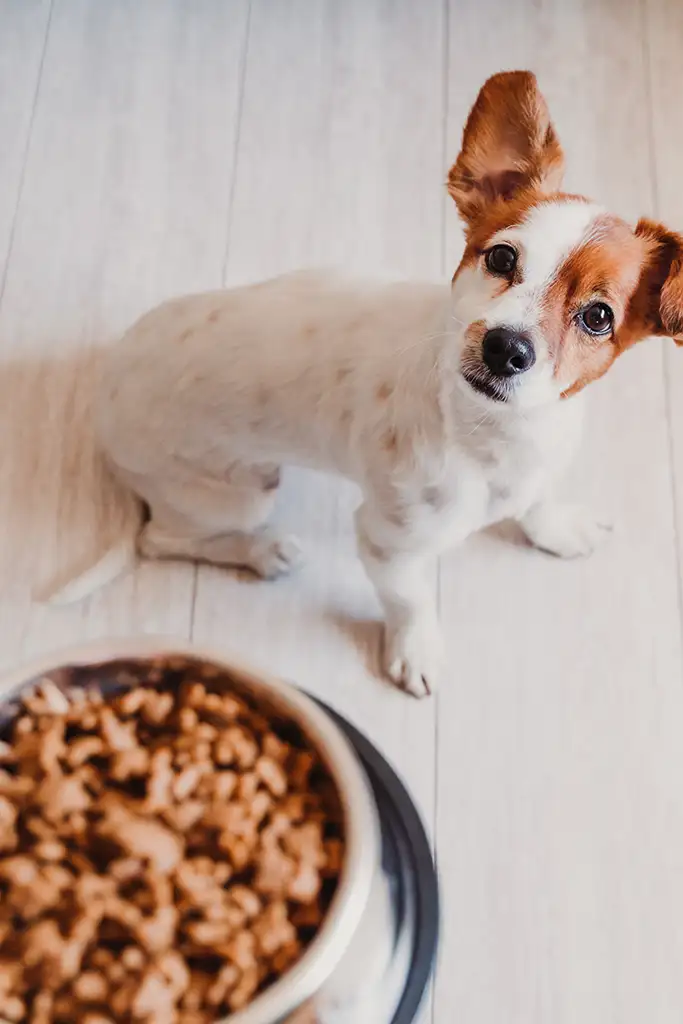10 Large Breed Dogs that Don’t Shed and 5 that Shed Less than Normal
Quick Guide
Love big dogs but can’t take their shedding? In this article we’ll tell you about dogs and shedding. Plus, we’ll discuss:
- What causes a dog to shed?
- Facts and myths regarding shedding.
- 10 large breed dogs that don’t shed.
- 5 low-shed large breed dogs.
Do you have allergies to dog dander? If so, you’re not alone. The American College of Allergy, Asthma, and Immunology estimates that as much as 10% of Americans are allergic to dogs. If you are allergic to dogs and you love them, this can present a problem, but not one that’s insurmountable. There are quite a few breeds and cross breeds that don’t shed – or don’t shed much. We’ll introduce you to some large breed dogs that don’t shed below.
What Causes a Dog to Shed?
It’s normal for dogs to shed. Even though the idea of a “hypoallergenic” dog is popular, no dog is truly, completely hypoallergenic. They all shed to some extent. But if you’re allergic to dogs, don’t give up your quest to find a dog you can live with just yet. Some dogs shed much less than other dogs. And some dogs shed so little than it’s hardly noticeable.
Dogs shed in response to the amount of daylight. The change in seasons affects their hormones and tells them when it’s time to get ready for winter (grow more coat); and when it’s time for spring (shed, grow new coat). Things like the temperature, the dog’s individual health, genetics, and diet also affect shedding. It’s not unusual for an intact female dog to shed after going through a heat cycle even when she hasn’t been bred.
Dogs may also shed after a stressful event such as surgery, an illness, giving birth, a trauma or accident, or even traveling in some cases.
Facts and Myths Regarding Shedding
There are a lot of myths about shedding in dogs.
- Myth: Dogs with longer hair shed more. This is false. The length of the coat has nothing to do with how much or how often the dog sheds. A shorthaired dog can shed just as much as a longhaired dog. It may be more noticeable when a longhaired dog sheds but some shorthaired dogs such as Beagles and Pugs seem to shed all the time.
- Myth: People are allergic to dog hair. Not exactly. If you’re allergic to dogs, you are usually allergic to dog saliva, urine, and dander. Dander is the tiny bits of dead skin that flakes off the dog’s body. Dander is so small that it can be airborne and inhaled by humans. All dogs produce dander because they have to shed dead skin. (We all do.) Dogs that are known for being “hypoallergenic” don’t spread much dander around.
- Myth: Low-shedding dogs are also low maintenance. Mostly false. Many of the dogs that don’t shed or don’t shed much do require some special grooming. If you get one of these dogs, plan on visits to the groomer.
10 Large Breed Dogs that Don’t Shed
Afghan Hound
Large, elegant, and beautiful, the Afghan Hound has a coat that is much like human hair. It is long and flowing. These dogs need to be bathed and brushed often. They also need plenty of exercise. They are not known for being easy to train and tend to do what they want.
Giant Schnauzer
Developed in Germany, the Giant Schnauzer needs regular grooming. They are intelligent, protective of their family, and can be territorial. They like having a job to do and they need lots of exercise.
Irish Water Spaniel
An old breed from Ireland, the Irish Water Spaniel is believed to be related to the Poodle. They have a water-repellent coat that needs to be brushed occasionally. Unlike most large, non-shedding dogs, they are low-maintenance. They are smart, clownish, and energetic, requiring lots of exercise.
Kerry Blue Terrier
Known for their beautiful blue color, the Kerry Blue needs regular brushing and trimming. They are a fun-loving, active dog that loves to be part of a family. They need daily exercise.
Poodle (Standard)
The Standard Poodle is the largest of the Poodle varieties. You should count of regular professional grooming for these dogs. They are one of the smartest of all breeds. They need daily exercise.
Portuguese Water Dog
The Portuguese Water Dog is another breed that is probably related, far back, to the Poodle. They have a waterproof coat that needs regular professional care. They are athletic and need a great deal of daily exercise. They do well with an active family. Portuguese Water Dogs are intelligent, loyal, and they like having a job to do.
Soft Coated Wheaten Terrier
With a coat that is silky and soft, Soft Coated Wheaten Terriers need regular grooming so they won’t mat. This breed is happy and active and they need lots of daily exercise. They can adapt well to living in the city, country, or suburbs. They get along well with children.
Spanish Water Dog
Related to the Portuguese Water Dog, the Irish Water Dog, and yes, probably the Poodle, the Spanish Water Dog doesn’t need much grooming but they do need to be shaved down about once a year. Their coat is curly and wooly. They are lively, energetic, hardworking, and naturally protective. They do well with an active family.
Xoloitzcuintli
The Xoloitzcuintli or Xolo comes in a hairless and coated variety. The hairless actually has a skin that is smooth, tough, and protective. It is considered best for people who are allergic to dogs. The breed also comes in three different sizes: toy, miniature, and standard. This Mexican breed is very old. By temperament they are calm and attentive. They require moderate exercise.
Peruvian Inca Orchid (Hairless)
The Peruvian Inca Orchid can be either hairless or coated. The hairless variety is recommended for people with allergies. The breed comes in small, medium, and large sizes. They are considered to be a low-maintenance breed for grooming. These dogs are very energetic and need lots of exercise. At home they are loyal and protective of their family.
5 Large Breed Dogs that Shed Less than Normal
Airedale
The Airedale isn’t non-shedding but it doesn’t shed very much. Known as the “king of terriers,” the Airedale is the largest of the terrier breeds. They have a harsh topcoat and a softer undercoat. The coat is hard and wiry and should lie close to the body. The breed does require frequent stripping and coat care so plan to use a professional groomer. Airedales are alert and energetic.
Saluki
An ancient breed originally from the desert, the Saluki has silky fur and sheds very little. They are a sighthound and one of the fastest breeds in the world, especially at longer distances. Independent and aloof with strangers, they can be difficult to train. They should not be let off leash in open areas.
Labradoodle
The Labradoodle is a crossbreed or designer dog. They are a cross between a Labrador Retriever and a Poodle. They are normally very intelligent. Poodles are often used in these crosses in the hopes of producing puppies that don’t shed or shed very little. Not all Labradoodles are non-shedding. They can have a variety of coat types such as fleece (soft texture, wavy or soft curls), wool (similar to a Poodle), and hair (can have odor and shedding). If you’re buying a Labradoodle from a breeder, talk to the breeder about the coat types in the litter, especially if you need a puppy/dog with a non-shedding coat.
Schnoodle
A Schnoodle is a crossbred or designer dog. It’s a cross between a Schnauzer and a Poodle. If one of the parents is a larger dog such as a Giant Schnauzer or a Standard Poodle, the Schnoodle may also be a large dog. A Schnoodle would have a good chance of being non-shedding or low-shedding since both of the parent breeds are non-shedding. Again, since this is a crossbreed, it’s important to talk to the breeder about the individual puppies/dogs available, especially if you have allergies and need a non-shedding dog.
Komondor
The Komondor is a large, white Hungarian livestock guardian dog. They are usually recognized by their long, corded coats. They are affectionate with their family and gentle with children but they don’t trust strangers. The cords of the coat form naturally and it takes about two years for them to reach full length. The cords don’t require much tending and the dogs don’t shed. Everything tends to become part of the cords. You do need to bathe a Komondor occasionally and this can take some time. The bath itself isn’t so bad but it can take a very long time for the cords to dry.
Conclusion
If you are allergic to dogs there are still quite a few breeds that don’t shed much and don’t put out much dander. You may be able to find a dog – even a large breed dog – that would suit your lifestyle. Whether you prefer a dog with a long coat, short coat, wiry coat, a hairless breed, or one with cords, there are dogs that are good for people who are allergic to dogs!


